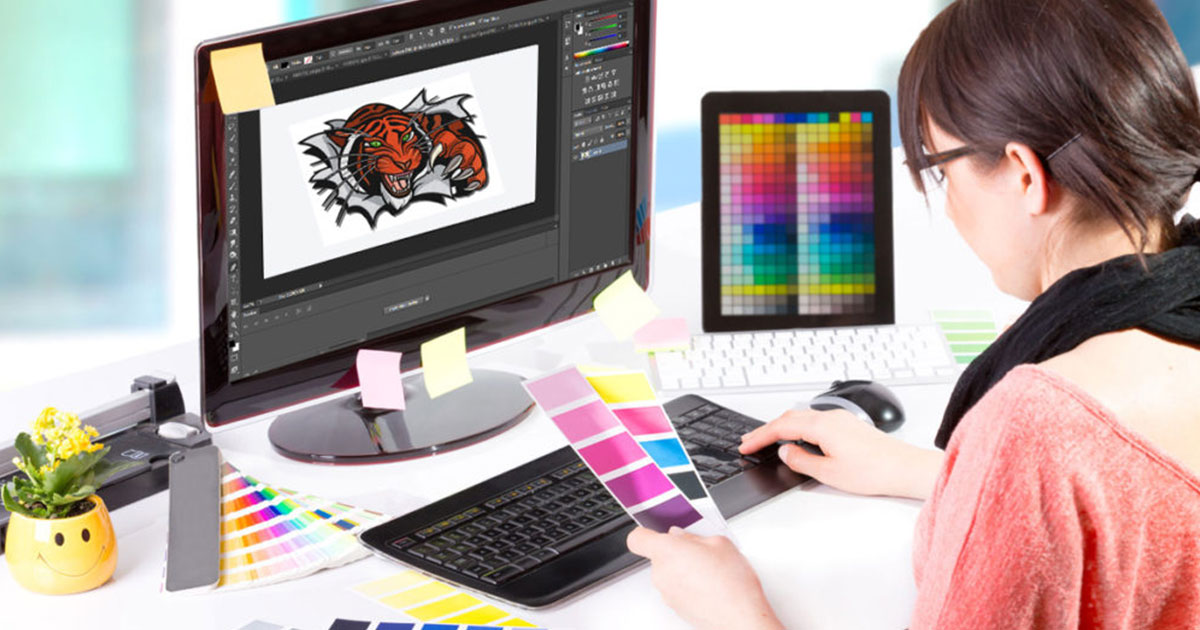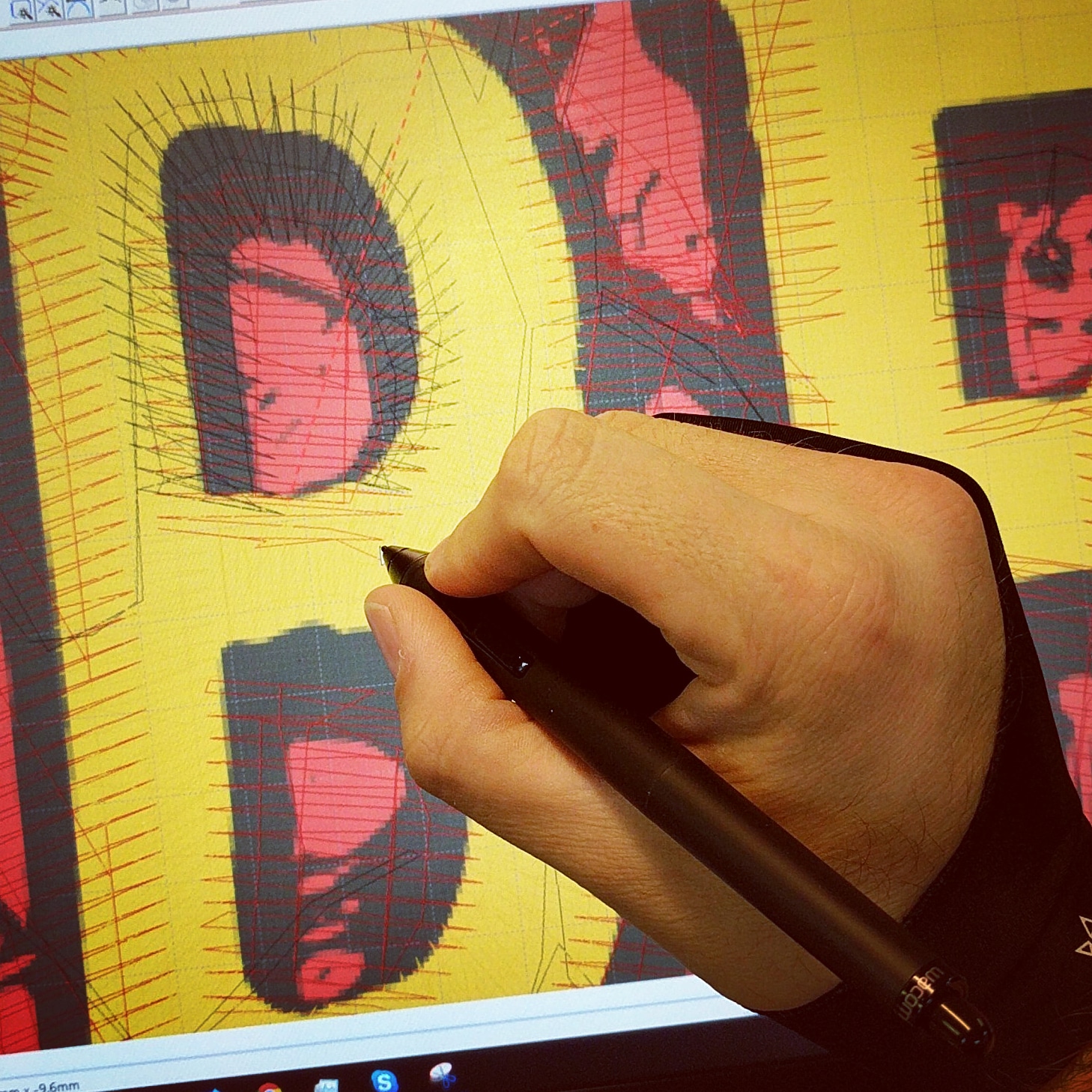Professional Digitizing for Embroidery: Rapid and Reliable Service
Professional Digitizing for Embroidery: Rapid and Reliable Service
Blog Article
Check Out Different Types of Needlework Digitizing Strategies
Embroidery digitizing has actually developed considerably over the years, using a myriad of strategies to bring designs to life in the electronic realm. The realm expands to extra sophisticated methods like photorealistic needlework digitizing and the interesting realm of 3D needlework digitizing.
Typical Hand Needlework Digitizing
Conventional hand embroidery digitizing entails the process of transforming complex hand-stitched designs into electronic formats for machine needlework. This strategy requires experienced craftsmens to thoroughly analyze the handmade design and then make use of specialized software to recreate it in a digital style. Each stitch, shade, and detail must be carefully equated to make certain that the essence of the initial hand needlework is maintained in the electronic variation.
One of the crucial obstacles of traditional hand needlework digitizing is catching the complexities and subtleties of the handmade style. Digitizing for Embroidery. Craftsmens must possess a deep understanding of various needlework techniques, such as satin stitch, chain stitch, and French knots, to precisely replicate these strategies in the digital realm. Furthermore, they require to have a keen eye for detail to ensure that the electronic style keeps the exact same degree of artistry and workmanship as the original hand-stitched piece
Punching Technique
To effortlessly change from standard hand needlework digitizing to the boxing strategy, artisans must now concentrate on converting the detailed electronic styles right into guidelines that needlework makers can analyze. The punching method involves using specialized software to create electronic documents which contain commands for the needlework device to adhere to. This procedure needs a deep understanding of not just the style itself but additionally the abilities and constraints of the embroidery maker.

Auto-Digitizing Software Application Programs
Embroidery digitizing has been transformed by the arrival of auto-digitizing software program programs, offering artisans with advanced tools to transform digital designs into look at here needlework machine guidelines effectively. Auto-digitizing software program programs utilize algorithms to examine digital pictures or vector documents and create embroidery styles immediately. These programs permit fast and precise conversion of elaborate designs right into stitch patterns, conserving effort and time for embroiderers.
Among the vital benefits of auto-digitizing software application is its user-friendly user interface, making it easily accessible to both novices and knowledgeable digitizers. These programs often include attributes such as stitch editing tools, thread shade matching, and the capacity to sneak peek the last stitched design. Furthermore, auto-digitizing software can handle complicated styles with multiple colors and intricate details, creating high-grade embroidery documents suitable for different apparel and fabric projects.
While auto-digitizing software uses comfort and performance, it is important for users to understand the restrictions of automated digitizing. Fine-tuning and manual changes might still be needed to achieve the wanted needlework top quality, specifically when dealing with detailed or special designs. By leveraging the abilities of auto-digitizing software alongside hand-operated digitizing techniques, artisans can boost their needlework digitizing process and produce stunning stitched pieces.
Photorealistic Embroidery Digitizing
Using advanced electronic imaging methods, achieving photorealistic lead to needlework digitizing has actually come to be an in-demand skill amongst modern artisans. This method includes converting high-resolution pictures right into detailed stitch patterns that very closely simulate the initial style, causing embroidery pieces that display natural detail and deepness.
To achieve photorealistic needlework digitizing, artisans must possess an eager eye for information and a thorough understanding of exactly how various stitch kinds and thickness can impact the final result. By carefully drawing up each shade and shade in the picture, embroiderers can develop a digital data that overviews the needlework equipment to replicate the subtleties of the original picture properly.
Photorealistic needlework digitizing is specifically popular in developing custom styles for garments, home design, and art items where recording the essence of a photo or art work is crucial. This strategy allows artisans to change memories, landscapes, pictures, and detailed artwork into spectacular stitched masterpieces that display a blend of traditional craftsmanship and innovative modern technology.
3D Needlework Digitizing
With the improvement of digital imaging methods in attaining photorealistic lead to embroidery digitizing, the expedition of 'D Go Here Embroidery Digitizing' supplies a brand-new measurement to the intricacies of layout replication. 'D Embroidery Digitizing' refers to the three-dimensional digitizing strategy that includes depth and texture to needlework layouts, developing a much more sensible and visually appealing end product. This method makes use of software application that imitates the effect of light and shadow on the embroidery layout, enhancing its general aesthetic influence.
One of the essential benefits of 'D Needlework Digitizing' is its capacity to make styles look more natural and dynamic. By adding depth to the needlework style, the final item appears extra realistic and fascinating (Digitizing for Embroidery). In addition, this technique permits more creative freedom in design implementation, enabling embroiderers to resource try out various appearances and results that were previously challenging to attain
Verdict

Report this page